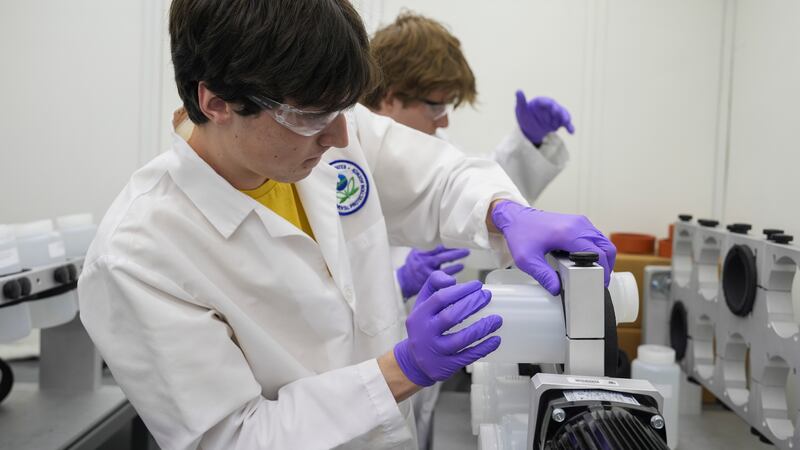‘Forever chemicals’ now have limits
The EPA set limits on PFAS in drinking water for the first time ever

NASHVILLE, Tenn. (WSMV) - Chemicals found in just about everything you use/consume are now being regulated by the U.S. Environmental Protection Agency.
PFAS, or perfluoroalkyl and polyfluoroalkyl substances, are found practically everywhere, including the water you drink, the clothes you wear, the food you eat and in your home.
The EPA, under the Biden-Harris Administration, announced that utility companies would be required to reduce forever chemicals (PFAS) in drinking water to the lowest level they can actually be measured.
“The result is a comprehensive and life-changing rule, one that will improve the health and vitality of so many communities across our country,” said EPA Administrator Michael Regan.
PFAS are called forever chemicals because they’re nearly indestructible. They don’t naturally break down over time, which means they will continue to pollute the environment even with new restrictions in place.
PFAS are used in nonstick cookware, waterproof clothing, grease-resistant food packaging, stain-resistant rugs and cosmetics, just to name a few items.
These forever chemicals are linked to health risks in humans and animals. Reproductive harm, hormone disruption, liver and thyroid issues, and disease — including cancer — are all health risks associated with these chemicals.
“Even tiny, tiny, tiny amounts each time you take a drink of water over your lifetime is going to keep adding up, leading to the health effects,” says Scott Belcher, a North Carolina State University professor who researches PFAS toxicity.
The new rule by the EPA will restrict PFAS in drinking water to four parts per trillion. The EPA estimates the rule will cost about $1.5 billion to implement each year but adds doing so will prevent nearly 10,000 deaths over decades and significantly reduce serious illnesses.
Copyright 2024 WSMV. All rights reserved.















